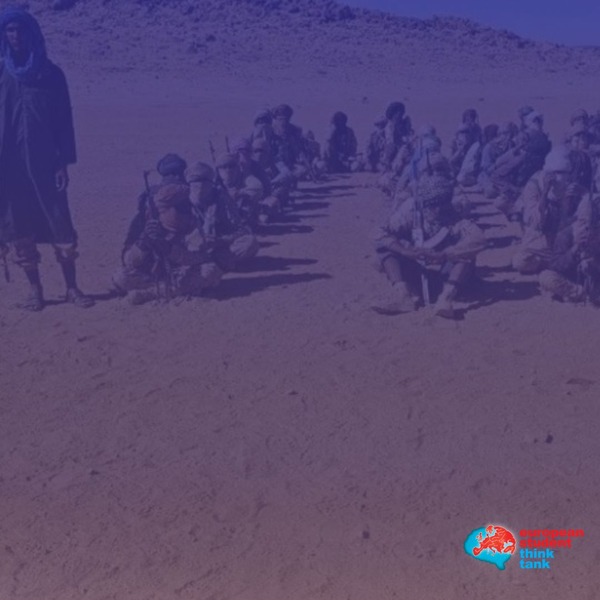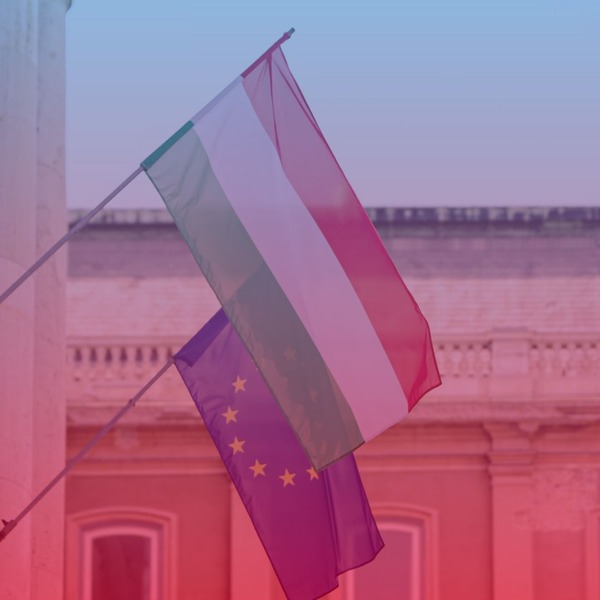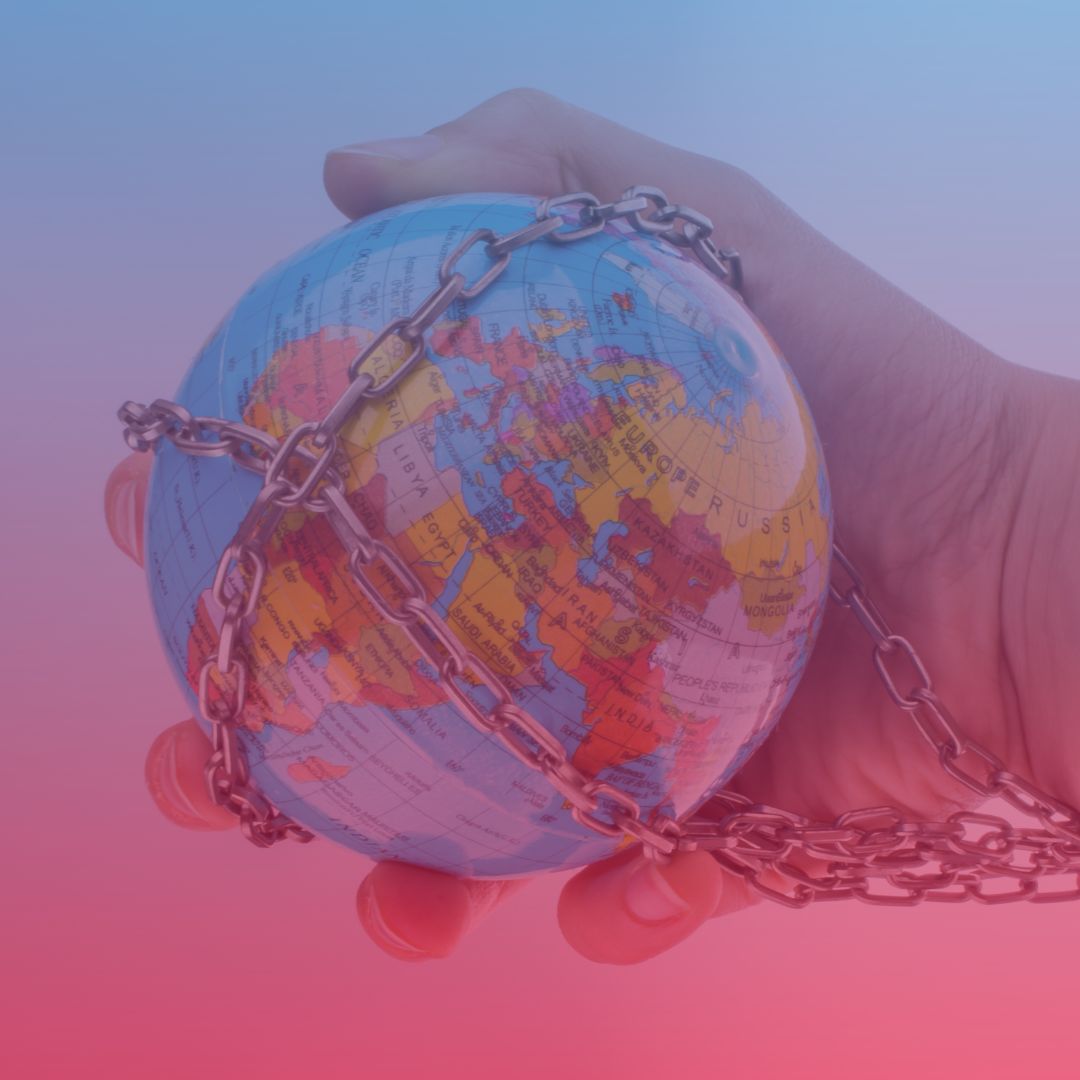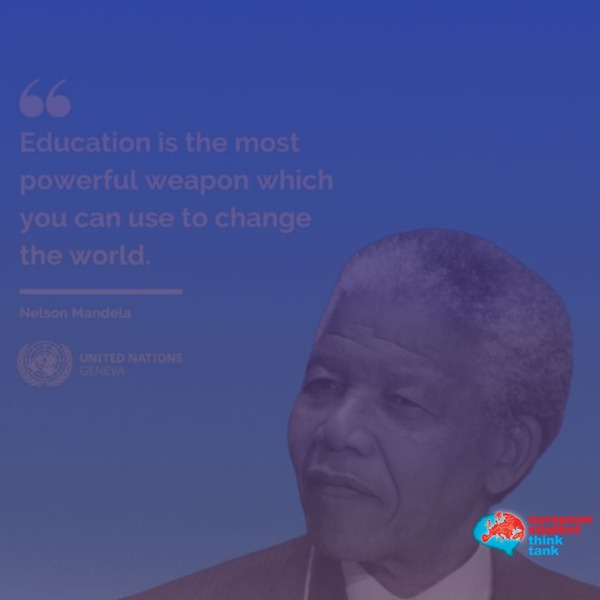
Written by: Maria Tsanova
Edited by: Alessia Calaresse
Knowledge is defined as a “collection of facts about the world and procedures for how to solve problems” (Sawyer 2006, p.1). When equipped with a significant collection of these facts, people are able to handle the complexity of the fast developing world (Sawyer 2006). Children are the most vulnerable members of society and need a safe and stimulating environment in order to develop at an intra- and interpsychological levels (Sawyer 2006). Therefore, providing them with the tools for their development through education is not only a fundamental right, but also key to overcoming many current and future obstacles (United Nations, 2011). This article is going to examine the history of defining the rights of the child using the Universal Declaration of Human Rights and the Convention of the Rights of the Child, with an emphasis on the right to education.
During the twentieth century, representatives of the United Nations started recognising the importance of the rights of children and began to work on ways to prioritise them. This was especially important as a response to the abuse of these rights during the First and the Second World Wars, which made many children victims of great cruelty (United Nations, 2011).
The Universal Declaration of Human Rights was created in 1948 as a tool offering protection for all. Such protection enables diversity as it is tied to the freedom of expression of one’s cultural beliefs and local traditions, which mirror and influence one’s perception of environments. Freedom in turn enables learning and personal growth (United Nations, 2011).
Specifically, Article 26 of the Universal Declaration of Human Rights (1989) has categorised education as a right for the first time. Importantly, the declaration notes that education should be “free” and people with all levels of income should have access to it (United Nations, 1989, art 28). Article 26 also focuses on the purpose of education: it should never be used as a means to provoke harm but rather to teach important values and improve the quality of life (United Nations, 1989, art 26). Finally, parents are responsible for providing formal and informal education to their children. This is fundamental for children to develop further and design their own path (United Nations, 2011).
It was important to create the Convention on the Rights of the Child as a separate entity from the Universal Declaration of Human Rights to further emphasise that children should be guided towards a good education from an early age (Johnson & Majewska). It is the responsibility of adults to provide them with a safe and motivating environment which, in turn, can stimulate them to learn more. This responsibility is then passed from one generation to the next (UN Human Rights, 2012).
The education of children creates the possibility of upholding and protecting human rights via the enrichment of knowledge, skills, and attitudes. Only when informed well can a person be a good duty-bearer and a successful rights-holder. In order to offer further protection of human rights, the General Assembly adopted the United Nations Declaration on Human Rights on December 19, 2011 (United Nations, 2011). Among other values, it puts forward the focus on the respect for and between teachers and learners, as well as the crucial role of preserving and continuing the movement towards a better and more educated world (United Nations, 2011).
According to the preamble of the Universal Declaration of Human Rights: “Every individual and every organ of society […] shall strive by teaching and education to promote respect for these rights and freedoms” (Council of Europe, 2024). It suggests that personal development can be achieved through educational opportunities, which are essential for fostering mutual respect and preserving communities. This is because knowledge is a form of power, enabling the spread of ideas that serve as a defence against human rights abuses (Council of Europe, 2024). By doing so, it strengthens social cohesion and becomes more effective due to its binding status for all states. According to a definition of human rights provided by the Council of Europe, “human rights are held by all persons equally, universally and forever” (Council of Europe, 2024). The universal nature of the declaration of human rights is what makes it especially valuable, encouraging social unity and avoidance of victimisation of vulnerable groups (McMillan, 2013; UNICEF, 2024).
This is especially relevant to countries around the globe where women as vulnerable members of society are exposed to barriers, violations and exploitation. A relevant example of such a country which continues to hold patriarchal views is India, where gender-based discrimination and enforcement of limitations on the female population, including its right to education, are widespread (UNICEF, 2024). Male children are often more treasured than female ones since there is the common perception that boys will become the parents’ caregivers and income providers, while girls are narrowly seen only in terms of their future roles as brides (UNICEF, 2024). As a byproduct, for a very long time males received a better education than their female peers. Today, there is a growing movement focused on protecting Indian women, with a strong emphasis on their education (UN Human Rights, 2012), as a result of the implementation of The Universal Declaration of Human Rights as well as the Convention on the Rights of the Child (UN Human Rights, 2012).
Through education, children are capable of altering their futures and making a change in established social paradigms. Even if eradicating the inequalities rooted in India’s social structure will require lots of effort and time, educating young individuals is a crucial first step. Moreover, young people, and remarkably, young women in India, are beginning to raise their voices and be vocal on their rights (UN Human Rights, 2012). This shows that younger generations not only acknowledge their human rights and recognise their value but are also committed to championing them. There should be a balance between respecting centuries-old cultural traditions and the rights of the individual (UN Human Rights, 2012).
Poland is a pioneer in the recognition of the need for change (United Nations, 1989). It has been a member of the United Nations since 1945 and in 1979 requested for the adoption of new laws, which protect children’s safety, naming the year 1979 as the “International Year of the Child” (United Nations, 1989). All of these efforts bore fruit with the Convention on the Rights of the Child, which was released on November 20, 1989 (United Nations, 1989). The articles, which have been included, can be divided into eight main categories: general measures of implementation, the definition of the child, general principles, civil rights and freedoms, family environment and alternative care, basic health and welfare, education, leisure and cultural activities, and special protection measures (United Nations, 1989).
Articles 28, 29, and 31 of the Convention on the Rights of the Child focus on the seventh main category – that of education, leisure, and cultural activities. It is interesting to note that these three types of activities are categorised together, thus recognising a more holistic view of education that includes different forms of learning – formal and informal (Johnson & Majewska, 2022, p.4).
The two types of learning are differentiated mainly based on their levels of organisation (Johnson & Majewska, 4). The formal type of education is based on “institutionalised learning models” (Johnson & Majewska, 2022, p.4) and is usually carried out in schools. This is a more traditional concept of education, according to which effective learning takes place in a classroom, with students following the guidance of teachers and educators with knowledge in a specific field of study (The UN Refugee Agency, 2013). Due to the shared nature of the knowledge acquired, formal education has the potential to enhance social mobility and offer opportunity for advancement to every student (Johnson & Majewska, 2022,). Moreover, it allows for generational continuity due to the supported accumulation of this same shared knowledge. The disadvantage it poses is that it is often too theoretical and demotivates the learners (Johnson & Majewska, 2022).
Meanwhile, informal learning characterises learning from everyday activities. It is often underestimated in terms of efficiency, although it poses way less constraints to learners and gives them more freedom to develop independently. The advantage of informal learning is that it creates a “more balanced emphasis on intellectual, emotional, social, and behavioural concerns” (Johnson & Majewska, 2022, p.14). Its consequent flexibility makes the learning process less stressful and more adaptable to individual needs (Johnson & Majewska, 2022).
Moreover, many children learn simply by participating in games with one’s peers. Communication skills, for instance, can be acquired easily through leisure activities, and learning to express oneself as well as to solve conflicts in a non-violent way can also be acquired via non-formal education and is an essential knowledge for an individual throughout their entire life (Ramesh, 2010).
Therefore, communication techniques, self-expression and conflict resolution are all soft skills, which enable community formation and are essential for success, regardless of one’s cultural background or professional aspirations. They enable individuals to thrive in highly competitive environments and build personal resistance. Attitude, communication and etiquette nurture emotional intelligence and promote understanding of the bigger picture. Children with personal accountability, resilience and inner motivation thrive socially and eventually, professionally, which shows that soft skills are a natural addition to the typical “hard”/ technical ones (Ramesh, 2010).
Additionally, cultural activities such as visiting museums and art galleries, going sightseeing, or anything else which involves appreciation of the work of the inspired minds of the past or the artistic and bold ones in the present, stimulates the child’s brain in a productive way (The UN Refugee Agency, 2013).
Taking these factors into consideration, it becomes clear that education can take several forms and is for every child to enjoy (The UN Refugee Agency, 2013). The various forms of learning are essential to ensure an all round education of children and allow them to effectively perceive and process information (Johnson & Majewska, 2022).
In summary, although human rights have been neglected in a terrible way in the past all over the world, during the 20th and 21st century there have been efforts internationally to define and protect them. The creation of the Universal Declaration of Human Rights was necessary to promote peace and work towards a better tomorrow – one without abuse and negligence (United Nations, 2011). Children play an essential role and this is why the Convention on the Rights of the Child was a necessary addition to the tools used to protect the youngest members of every community. All children should be taught the importance of human rights as well as being guaranteed a good education, helping them on the path to a successful career and a life without poverty (United Nations, 2011). Education is deemed “essential for the promotion and achievement of stable and harmonious relations among communities and for fostering mutual understanding, tolerance and peace” (Council of Europe, 2024). Everybody deserves a chance to be educated and become a better person with an ability to help less privileged members in society in a position of weakness (United Nations, 2011).
Works Cited
Council of Europe. (2024). Manual for Human Rights Education with Young People. Retrieved from https://www.coe.int/en/web/compass/introducing-human-rights-education
Johnson, M., and Majewska, D. (2022). Formal, non-formal, and informal learning: What are they, and how can we research them? Cambridge University Press & Assessment Research Report. Retrieved from https://www.cambridgeassessment.org.uk/Images/665425-formal-non-formal-and-informal-learning-what-are-they-and-how-can-we-research-them-.pdf
McMillan, T. (2013). Human Rights and Culture. Retrieved from (1) Human Rights and Culture – YouTube
The UN Refugee Agency. (2013). General Comment No. 17 on the rights of the child to rest, leisure, play, recreational activities, cultural life and the arts (art. 31). Retrieved from https://www.refworld.org/legal/general/crc/2013/en/96090
Ramesh, G. (2010). The Ace Of Soft Skills: Attitude, Communication And Etiquette For Success. Retrieved from https://www.google.de/books/edition/The_Ace_Of_Soft_Skills_Attitude_Communic/EdBuMdH4us8C?hl=en&gbpv=0
UNICEF. (2024). Gender Equality. Retrieved from https://www.unicef.org/india/what-we-do/gender-equality#programme-resources
United Nations. (1989). Convention on the Rights of the Child. Retrieved from https://www.ohchr.org/en/instruments-mechanisms/instruments/convention-rights-child
United Nations. (2011). Universal Declaration of Human Rights. Retrieved from https://www.un.org/en/about-us/universal-declaration-of-human-rights
UN Human Rights. (2012). A Path to Dignity. Retrieved from A Path to Dignity – YouTube
Sawyer, K. (2006). The Cambridge Handbook of The Learning Sciences. Retrieved from https://books.google.fr/books?hl=en&lr=&id=lWGLNdAsCRwC&oi=fnd&pg=PA1&ots=8aBPbNqeCB&sig=Y3IxcoXTynoD2Okk8dyDwiMe-SI&redir_esc=y#v=onepage&q&f=false

 The geopolitical role of the Sahel: the influence of the EU and other Great Powers in the Malian crisis
The geopolitical role of the Sahel: the influence of the EU and other Great Powers in the Malian crisis  Is Nuclear Disarmament Still a Dream? The Third Meeting of State Parties in Perspective
Is Nuclear Disarmament Still a Dream? The Third Meeting of State Parties in Perspective  Strategic Saboteur: Hungary’s Entrenched Illiberalism and the Fracturing of EU Cohesion
Strategic Saboteur: Hungary’s Entrenched Illiberalism and the Fracturing of EU Cohesion 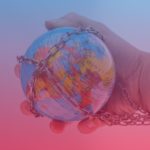 The invention of development: power, narrative, and the afterlife of Truman’s speech
The invention of development: power, narrative, and the afterlife of Truman’s speech 